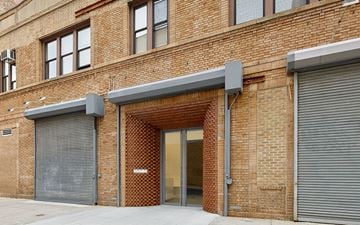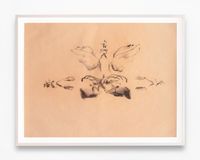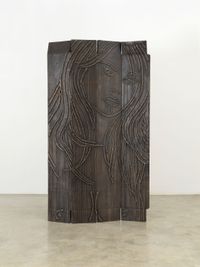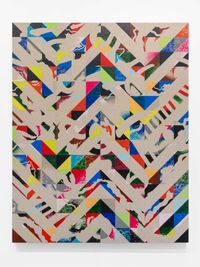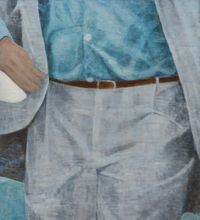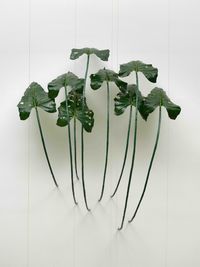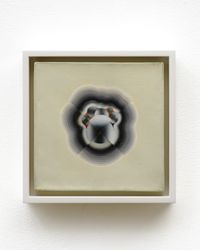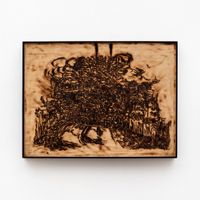Tina Kim Gallery is widely recognized for its unique programming that emphasizes international contemporary artists, historical overviews, and independent curatorial projects. The gallery has built a platform for emerging and established artists by working closely with over twenty artists and Estates, including Pacita Abad, Ghada Amer, Tania Pérez Córdova, and Mire Lee, amongst others. Our expanding program of Asian-American and Asian diasporic artists, including Maia Ruth Lee, Minoru Niizuma, and Wook-Kyung Choi, evince the gallery’s commitment to pushing the conversation beyond national frameworks.
Read MoreFounded in 2001, the gallery opened the doors to its ground-floor Chelsea exhibition space in 2014. The gallery was instrumental in introducing Korean Dansaekhwa artists such as Park Seo-Bo, Ha Chong-Hyun, and Kim Tschang-Yeul to an international audience, establishing public and institutional awareness of this critically influential group of Asian Post-War artists. The gallery partners regularly with prominent curators, scholars, and writers to produce exhibitions and publications of rigor and critical resonance.
